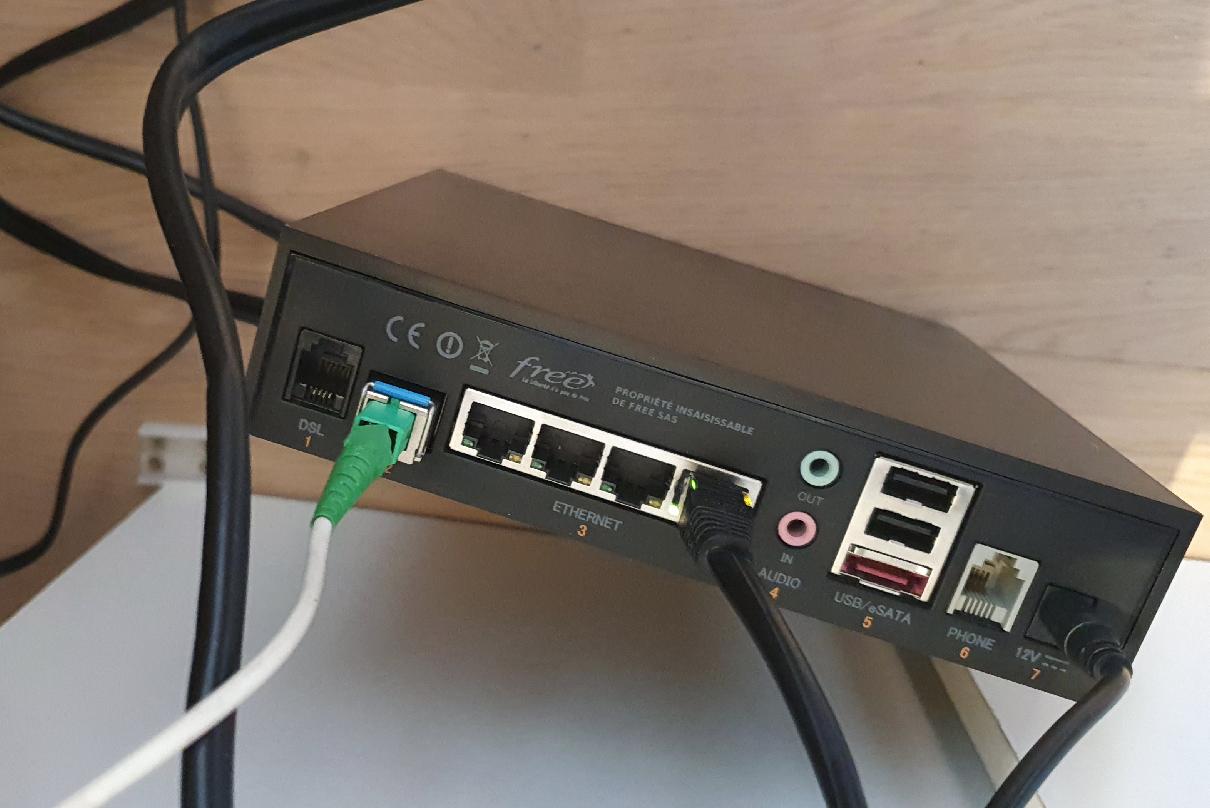
In part 3 of this series, I’ve found the reason of why that FTTH line to Paris is so slow to download data from most destinations: Excessive packet loss. While I still haven’t found the reasons for the packet loss, I could at least answer why some (but very few) servers do not have a problem with it. And in the process, I figured out how to increase the throughput from one of my servers on the Internet to a client behind that FTTH line from 40 Mbps to 800 Mbps!
Continue reading Fiber in Paris – Part 4 – Packet Loss and BBR to the Rescue
